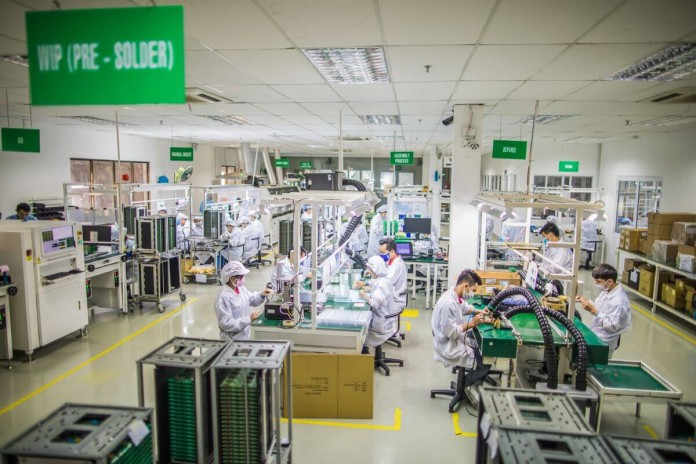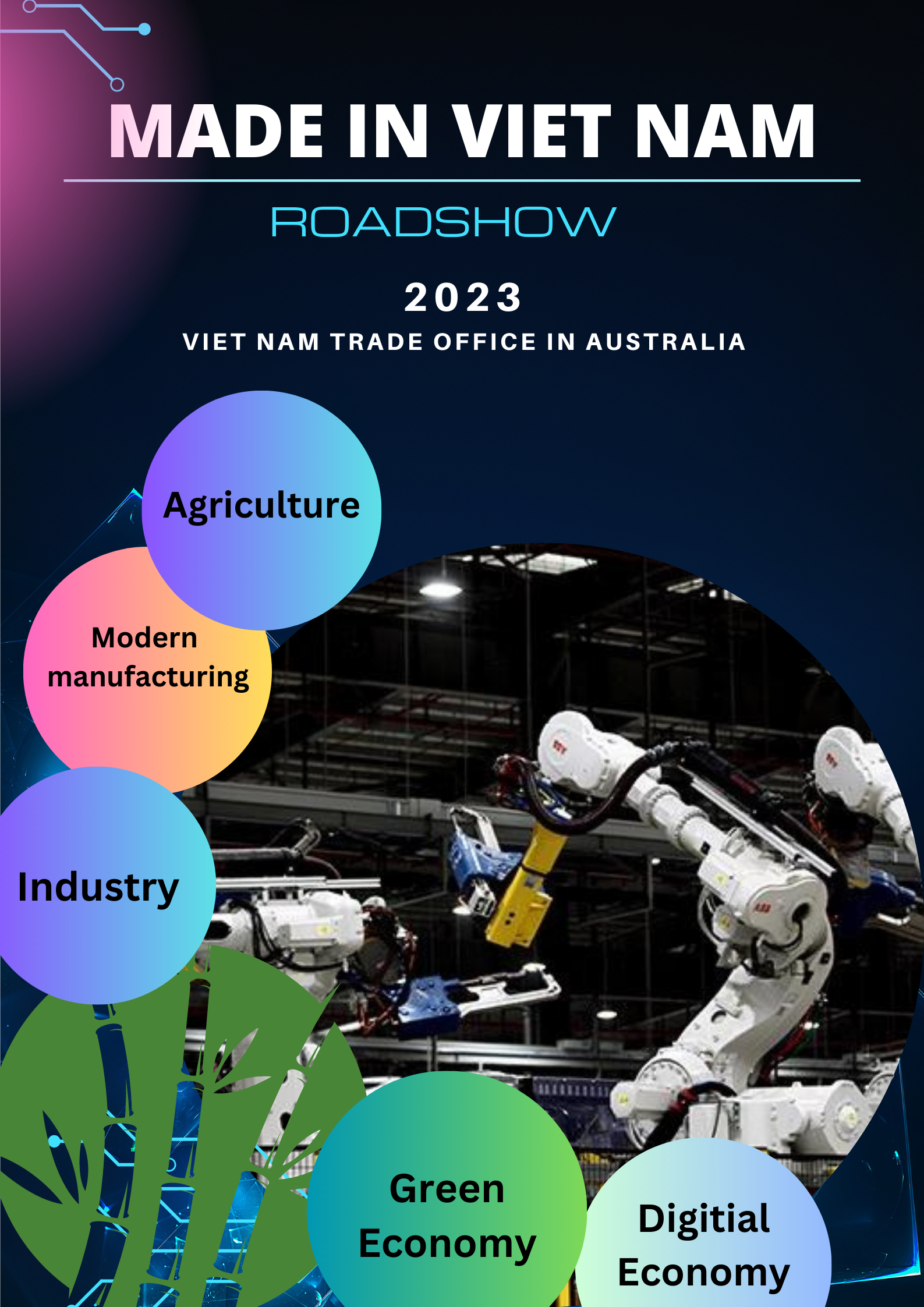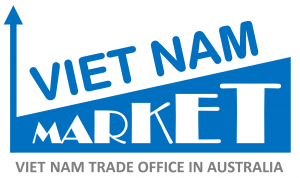
Trade liberalization
Companies looking to invest in Vietnam can take advantage of many of the Free Trade Agreements (FTAs). With many agreements signed through its membership in the Association of South East Asian NationsCurrently, the average tax in the EU was 2.8 percent and those countries with most favored nation status, the average tax was 7.9 percent. Under EVFTA (EU-Vietnam FTA), the vast majority of these tariffs will be eliminated.
While these tariff breaks offer a tempting way to lower export costs, it is critical to be aware of the rules of origin in each FTA. Currently, domestic electronic enterprises are not adding much to the supply chain, since most materials are imported. To qualify under the agreement, there must be a sufficient transformation within Vietnamese borders, which must be much more than simple assembling. These agreements incentivize a higher localization rate—companies must invest more intensely and import more advanced technology.
Tax incentives
Not only can investors take advantage of reduced tariffs, the Vietnamese government provides corporate income tax (CIT) breaks for companies working in the high technology sector and/or in high-tech zones. The preferential tax rates are 10 percent for 15 years or 17 percent for 10 years, as opposed to the regular rate of 20 percent.
Investors may also be eligible for additional tax holidays when they first invest: a 4-year tax exemption and a 9-year 50 percent reduction for those qualifying for the 10 percent CIT rate; a 4-year tax exemption and 5-year 50 percent reduction for those operating in certain areas; a 2-year tax exemption and 4-year 50 percent reduction for operating in certain areas or in some industrial zones. For R&D projects, 10 percent of annual profits can be placed into a tax-deductible fund before tax is levied.
Government reform
In order to further encourage growth, the government is easing restrictions on where foreign companies can invest. Regarding electronics, under the WTO, the only major restriction is on certain electronic games. Nonetheless, the nature of the electronics industry and the constraints of Vietnamese labor and infrastructure pose many other considerations for potential investors.
Electronics in Vietnam are dominated by tech giants and these corporations are in desperate need of suitable local suppliers so, for SMEs, the opportunity seems to be in supplying parts or services for larger companies—helping to add value and move up the supply chain.
Furthermore, the country has a shortage of skilled labor, but with the ASEAN Economic Community, it will become much easier for individuals to travel for work within the region and largely relieve this problem. Vietnam is also working to improve its infrastructure to the satisfaction of international investors. According to the World Economic Forum Global Competitiveness Report, Vietnam ranks 67th for transport infrastructure and 78th for electricity and telephone infrastructure. Roads are particularly weak, ranking 93rd, but railroads are somewhat better— coming in 48th.
To avoid many of these problems, investors are advised to operate in tech zones, where they are already equipped with the necessary infrastructure and facilities. As an added bonus, the operation may qualify for CIT breaks, as mentioned above.
Planning effective market entry
Given the rapid growth of electronics production, trade, and investment seen in recent years, the time has never been better to make use of Vietnam as a cost centre for larger Asian operations or as a full-fledged production hub. For those keen to explore Vietnam’s emerging investment landscape, a clear idea of where to invest and sell goods, and an understanding of how to structure operations to take advantage of trade agreements and tax incentives will provide a significant boost to any future projects.










